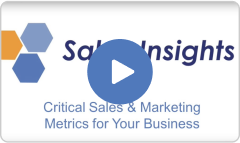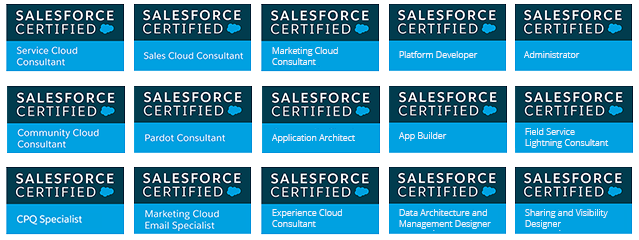Over the years, companies have invested considerable amounts of time, budget and resources to implement Enterprise Resource Planning (ERP) systems like SAP, Oracle and others to manage their business operations more effectively and to control their business processes and assets. ERP systems successfullly helped manage internal back-office operations. Increasing customer focus led to the development of Customer Relationship Management (CRM) systems, which provided customer-facing employees with important visibility into front-office activities.
During the past decade, cloud computing vendors like salesforce.com have risen to popularity with their incredible ease of use and their capability to quickly adapt to changing business needs. Cloud CRM has all but replaced traditional on-premise CRM systems such as Siebel, Oracle CRM and SAP CRM. Because CRM systems are frequently owned and operated by sales and marketing organizations, integrating their information with back-end ERP systems has often been an afterthought or a manual process, involving swivel chair data entry.
Companies quickly realized the value of a unified system with integrated cloud and legacy applications to break down the information silos. Avoiding dual data entry, as well as providing consistent information to sales, marketing, contract management and finance teams, enables the entire organization to be more productive and compete more effectively.
Many papers discuss the benefits of systems integration, while vendors describe the technical architecture of their solution in great detail. For business managers thinking about integrating salesforce.com with legacy ERP, a number of questions remain open. What are the practical options for integrating the systems? Which should be the system of record for what data? How can integration be achieved in a seamless, yet effective way?
Technical Salesforce Integration Options
Customers using Salesforce often find that they have several versions of the truth in their organization. Their CRM system contains customer, sales, services and marketing information. The ERP system maintains customer data as well as product, pricing and quoting information, which leads to duplication of data in both systems and can produce significant discrepancies.
There are two options for achieving the technical aspect of the integration:
1. Integration Platforms
Middleware vendors like Boomi, Informatica or IBM’s WebSphere CastIron use predefined connectors to map data between the ERP and the CRM system. Benefits typically include reduced implementation time, but can be outweighed by other factors:
- Companies need to review the total cost of ownership of the integration platform, since vendors charge their fees based on the number of data points mapped. Monthly payments continue as long as the integration platform is in place.
- Middleware is a great option when there are other integration points to consider such as eCommerce platform integration, an external quoting application or commercial or home-grown pricing applications.
If the ERP is the only integration point, a custom built integration may be a less expensive long term solution, since there is no recurring middleware license fee involved. The other factor to consider is whether the ERP system is custom-built and requires data mapping to be developed during integration design.
2. Custom Integration Leveraging Salesforce APIs
The type of API depends on the integration requirements and can include the salesforce.com SOAP API, REST API or the bulk API. Here are some of the questions customers need to consider when preparing for a custom integration:
- Which data need to be migrated once?
- Which data require continuous synchronization?
- What is the volume of data that need to be synchronized?
- Which ERP fields need to be mapped to CRM fields?
- Can these fields be mapped 1:1 or is custom logic required?
- Which fields need bi-directional synchronization and which unidirectional replication?
- Is the ERP system commercial or home-grown, requiring more custom programming?
Practical Integration Considerations
Here are three of the most common questions customers ask as they approach an integration project:
- Where does the Master customer account, contact and opportunity records reside and how do the two systems synchronize and exchange data
- Do we replicate the product, pricing, quoting and commissions information in Salesforce.com on the opportunity or at the account and contact level?
- How do we handle notes from salesforce.com related to an account, contact, or opportunity, as well as customer service case comments?
Best practices for integration projects dictate that the ERP system be treated as the system of record. ERP information from production to financials is used for external and internal reporting of a company’s performance and therefore has to be tightly controlled for audit purposes.
West Coast Consulting Group recommends the following integration touch-points to consider:
- Synchronize master account, contact, and opportunity data from salesforce.com into the ERP. Entering e.g. a new account must be possible from both systems and the synchronization must be bi-directional to ensure data consistency.
- Replicate notes from salesforce.com related to an account, contact or opportunity, as well as customer service case comments into the ERP.
- Replicate product, pricing, quoting and commissions information from the ERP into salesforce.com on the opportunity record.
How to get started?
- Assess your integration goals – document what you are trying to achieve and identify your mapping information.
- Select your technical integration option – custom development or middleware platform.
- Contact us at info@westcoastconsulting.com to learn more and to discuss your specific integration needs.
#salesforce #SalesCloud #ServiceCloud #SalesforceIntegration #CRMIntegration



